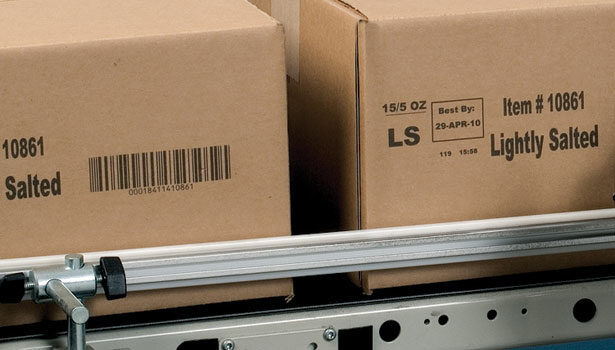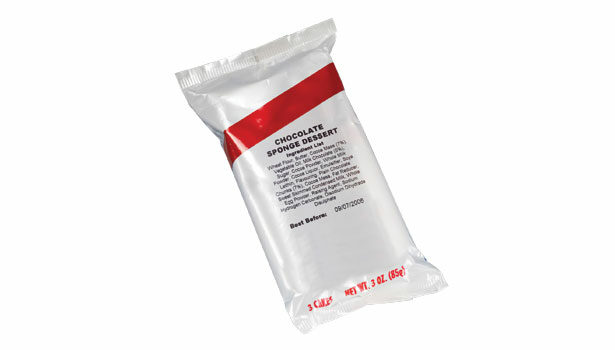Pre-printed packaging challenges
Uncovering a better solution to address printing & packaging needs
Key considerations to keep in mind
|
Snack food company reaps ROI with laser marking system A snack food company used to purchase pre-printed outer cases for its products, which meant a large number of different boxes were needed to cater to the company’s products and promotional offers. If boxes for a promotion were not entirely used, the unused boxes were discarded since they were no longer of any use. To eliminate waste, the company started buying standard generic boxes and applied a laser receptive material that reacts immediately to contact from a laser as it ‘writes’ the required data on the boxes. Adopting the laser marking system for case coding has enabled the company to put a variety of information on its boxes, including bar codes, graphics and special offers. The snack food company not only substantially reduced the amount of waste produced, decreased its number of SKUs and saved on warehouse space, but it has also recouped its printing investment in a short period of time. |
Finding the right printing solution
- Thermal Transfer Overprinting (TTO) can be used for high resolution printing with no solvents and virtually no mess on flexible films.
- Laser Marking Systems produce clear and permanent codes with virtually no consumables and limited maintenance on a number of substrates including rigid and flexible plastic and paperboard cartons.
- Thermal Ink Jet (TIJ) is a high quality ink-based printing solution that works best with either porous carton materials or in a print window that masks the aqueous overcoat. It prints at a high resolution and is ideal for printing multiple lines of text, bar codes and other complex data.
- High resolution Large Character Marking (LCM) Systems print information directly to a case and can be very cost-effective and dependable printing solutions.


